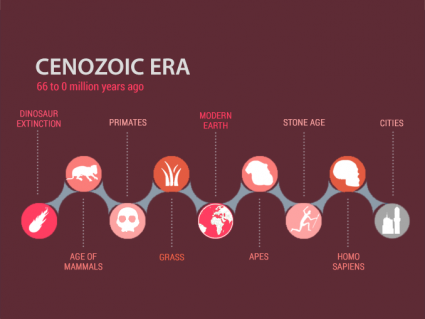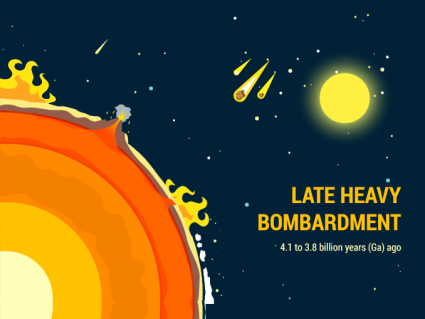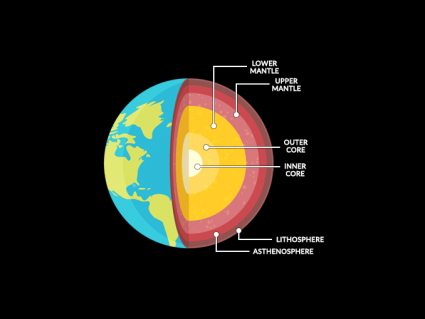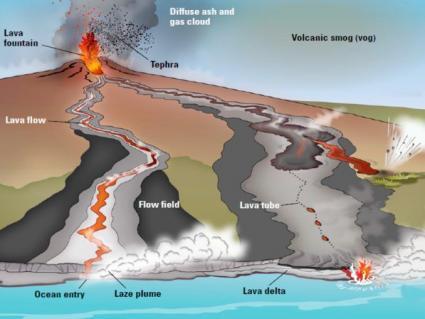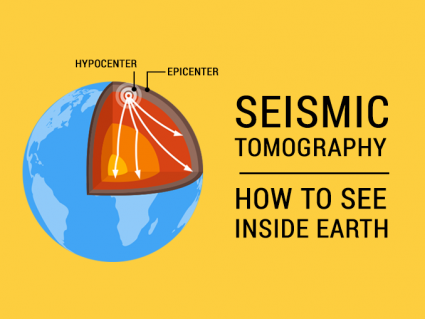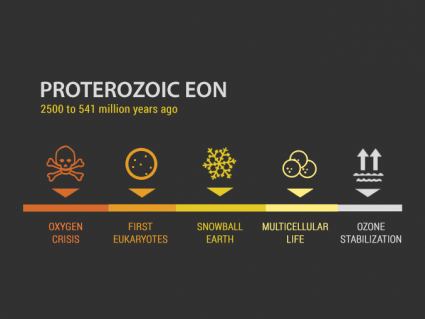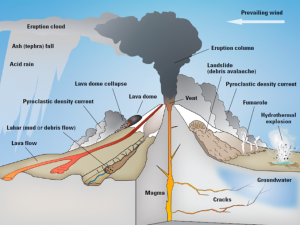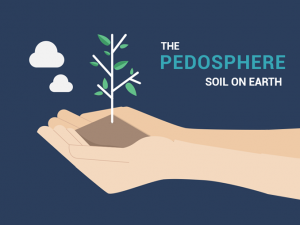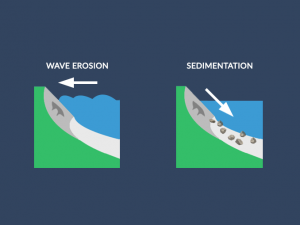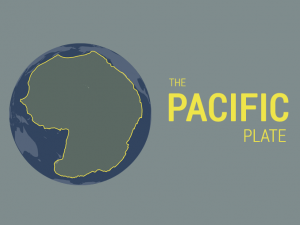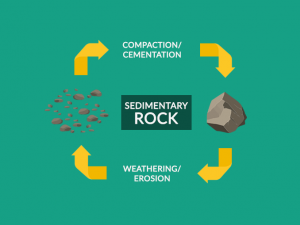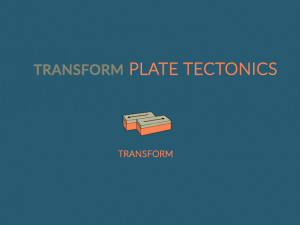Divergent Plate Tectonics: Boundaries that Pull Apart
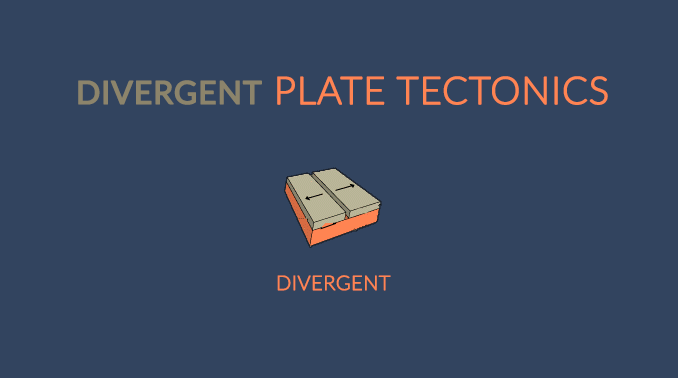
“Divergent plate tectonics pull apart from each other producing rift valleys at mid-oceanic ridges.”
Most divergent plates are at oceanic plate boundaries. This is where long chains of underwater volcanoes spew out lava.
As it turns out, these mid-oceanic ridges (rift valleys) have the youngest geologic rocks on the planet. Generally, the ocean floor consists of mostly igneous rocks “basalt” which spread at these mid-oceanic ridges.
Divergent boundaries are completely different from transform and convergent boundaries. Let’s take a look.
How divergent plates work
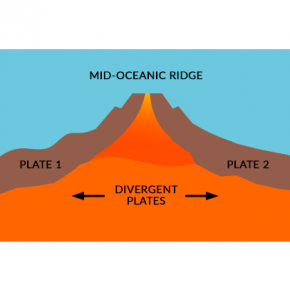
Beneath the oceans, lava erupts every day. Because it’s all underground, we don’t realize it’s even happening.
Actually, the Earth has 70,000 km of continuous volcanoes under the ocean. More specifically, the volcanoes are at mid-oceanic ridges. If you took all the water away from the oceans, it would be the most prominent feature on Earth.
Plate tectonics begin at mid-oceanic ridges where plates are moving apart. Because plates pull apart from each other at divergent plates, lava spews out to create the youngest geological rocks on Earth.
Divergent boundaries map
Here are examples of where we can find divergent plate boundaries:
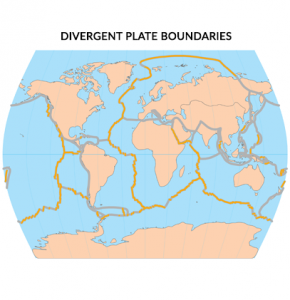
- ATLANTIC OCEAN: A divergent plate boundary runs for most of the length of the Atlantic Ocean. This is the longest divergent plate on the planet.
- AFRICAN PLATE: The African Plate is in the process of rifting apart into two separate plates where it will become an ocean. In addition, the Somalian and Nubian plates will one day tear apart and become a new ocean.
- RED SEA: Between Asia and Africa, the Red Sea is spreading apart from the African and Arabian Plates.
The youngest rock form at divergent plate boundaries
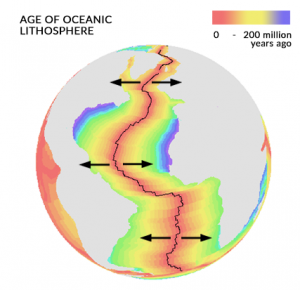
Hidden beneath Earth’s oceans, underwater volcanoes spew out lava at mid-oceanic ridges (rift valleys).
Because divergent plates move apart from each other at these mid-oceanic ridges, magma flows upwards from the mantle beneath.
When the lava hardens, it becomes dark igneous rock or “basalt” at rift volcanoes.
Because divergent plates fill in the gaps with basalt, the oceanic crust turns out to be very young geologically.
Over time, the plates grow at the oceanic crust and older rock is pushed away from mid-oceanic ridges.
Divergent Plate Tectonics: Boundaries that Pull Apart
The Earth’s crust is divided into a number of tectonic plates that are constantly moving, sliding against each other, and grinding past one another.
Divergent plate tectonics pull apart from each other, mostly within oceans where they spew out magma and lava.
If you have questions or comments about plate tectonics, please fill out the form below for us.

